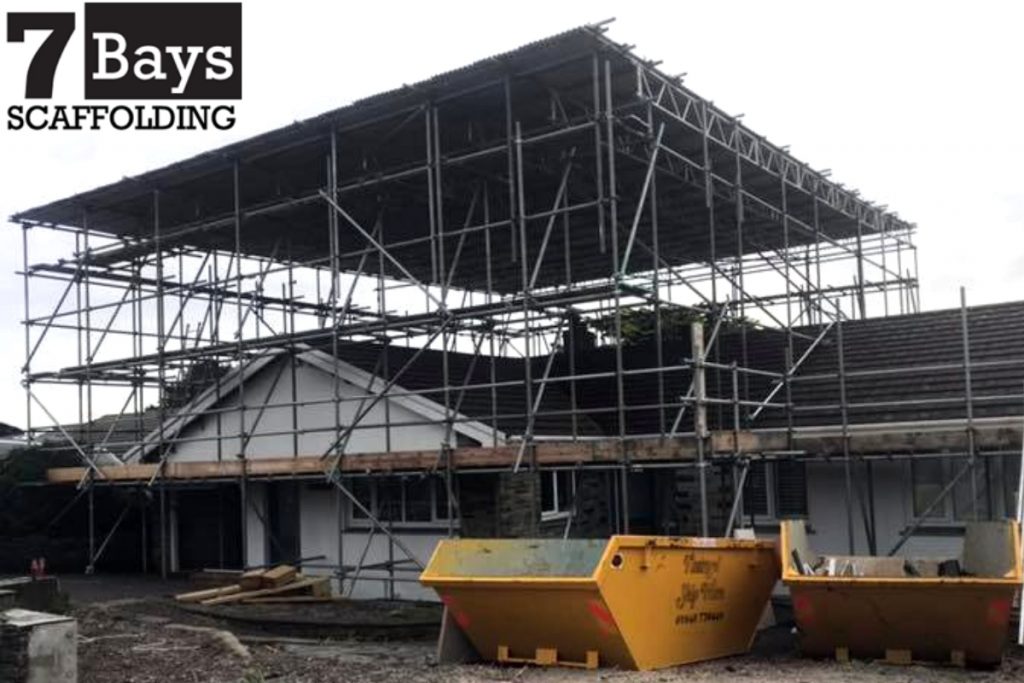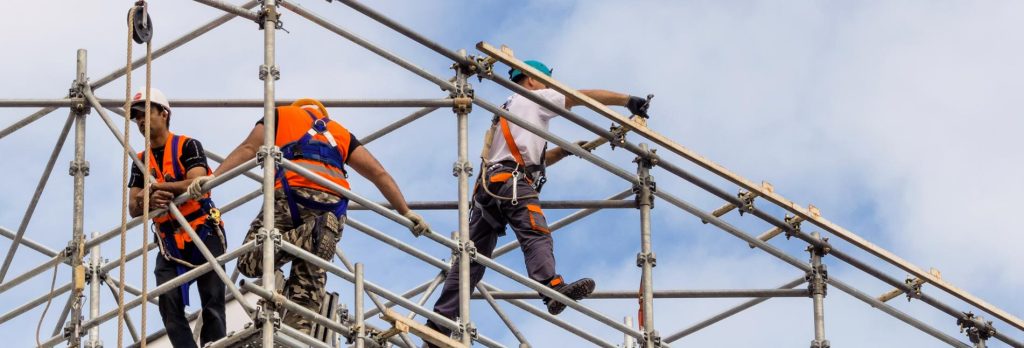It is a requirement of the Working at Height Regulations that all scaffolding is inspected either every seven days, or following significant alteration or any incident that may have affected the integrity of the scaffolding.
Scaffolding plays a crucial role in construction projects, providing a safe and stable platform for workers to perform tasks at elevated heights. However, like any other equipment, scaffolding requires proper maintenance and care to ensure its longevity and safety. In this guide, we will explore effective strategies to extend the lifespan of your scaffolding and the responsibility for scaffolding inspections, which will ultimately save you money and ensure a secure working environment.
Your Safety is Our Priority
Use a Professional, Experienced Company for Scaffolding Inspections
If you want your scaffolding to last as long as possible choose a highly-qualified experienced scaffolding company right from the start. Buying your own scaffolding may seem appealing, but it could put your site and workers at risk.
Regular Inspections
Scaffolding must be inspected regularly by law. Scaffolding inspections can be performed by a qualified, competent individual who has been trained to do so.
The key to prolonging the lifespan of your scaffolding begins with regular inspections. Implement a routine inspection schedule, checking for signs of wear, rust, and structural damage. Pay close attention to critical components such as joints, bolts, and boards. Identifying issues early on allows for timely repairs, preventing minor problems from escalating into major safety concerns.
When your team knows what to look for while inspecting scaffolding, lengthening its life and saving you resources becomes simple. We carry out routine safety inspections on behalf of our clients but if you notice signs of wear get in touch and let us know.
Load Limits and Capacity
Overloading the scaffolding can lead to structural failure and compromise safety. If your scaffold supports appear dented or buckled, that is the first sign of failure due to excessive weight-bearing. Respect the load limits and capacity specified, and be sure to educate workers on the importance of adhering to weight restrictions, always ensuring that all materials and tools are evenly distributed.
Training and Education
Proper usage is crucial for maintaining the longevity of scaffolding. Ensure that all workers are trained in the correct use of the scaffolding. Misuse can lead to unnecessary stress on components, resulting in accelerated wear and potential safety hazards.
Prompt Repairs
If during scaffolding inspections you identify any issues, address them promptly. Examine the scaffolding for any lost hardware, such as nuts, bolts, and other components. Missing parts can make scaffolding less secure and your work site vulnerable to safety issues. Do not delay repairs, as even minor damages can escalate quickly, posing risks to workers and the overall stability of the scaffolding.
Conclusion
By incorporating these strategies into your scaffolding inspection routine, you can significantly extend its lifespan, enhance safety, and optimise your investment. With some basic maintenance and care, you can extend scaffolding life and save money in the long run. Regular inspections, proper cleaning, storage, adherence to guidelines, and timely repairs are all crucial elements in ensuring that your scaffolding remains a reliable and secure tool for your construction projects.
If you have a construction project that needs professional, expert scaffolding services in Cornwall, get in touch today and let us provide you with a competitive quote.


